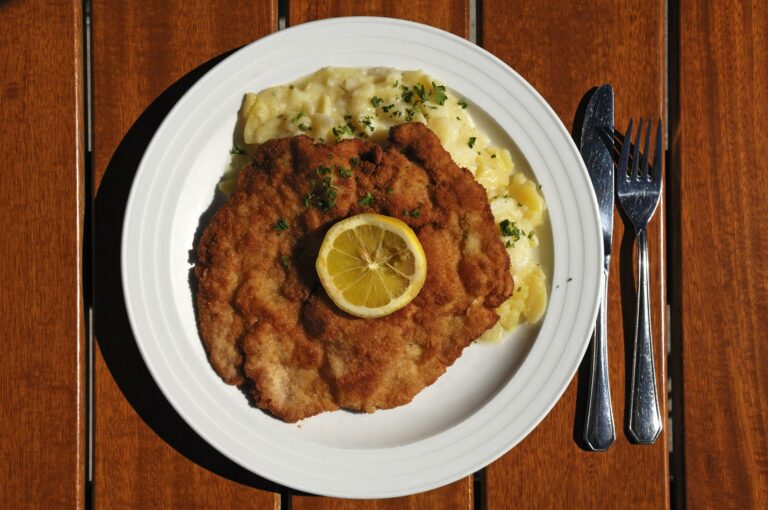Introduction to Traditional German Holiday Foods
Germany is known for its rich culinary traditions, especially during the holiday season. These traditional dishes are an important part of German culture and are cherished by the locals and visitors alike. The German holiday season begins with Christmas and ends with Easter, with various celebrations and festivals in between. The food served during these holidays is not only delicious but also has a deep cultural significance.
Popular German Holiday Dishes
One of the most popular German holiday dishes is roast goose or duck, traditionally served on Christmas Eve. This dish is usually accompanied by red cabbage, potato dumplings, and gravy. Another popular dish is the Christmas ham, which is flavored with cloves and honey and served with sauerkraut and mashed potatoes. Other traditional holiday dishes include beef rouladen, a dish of thinly sliced beef rolled with vegetables and served with dumplings, and schnitzel, a breaded and fried meat dish.
Christmas Treats in Germany
In addition to the main dishes, Germany is also famous for its Christmas treats. Stollen is a traditional Christmas fruit cake that is made with dried fruits, nuts, and spices. Lebkuchen, also known as gingerbread, is another popular Christmas treat in Germany. This spiced cookie is often decorated with icing and can be found in various shapes and sizes. Marzipan is also a popular holiday treat in Germany, made from almond paste and shaped into various fruits and figures.
Traditional New Year’s Eve Foods
In Germany, New Year’s Eve is celebrated with a variety of traditional foods. One popular dish is raclette, which is a Swiss cheese dish that is melted and served with potatoes, vegetables, and meats. Another traditional New Year’s Eve dish is Berliner, a type of doughnut that is filled with jam or cream. In some regions, lentil soup is served on New Year’s Eve as it is believed to bring good luck for the coming year.
Easter Specialties in Germany
Easter is another important holiday in Germany, and there are many traditional dishes and treats associated with it. One of the most famous Easter treats is the Easter egg, which is often decorated and exchanged as gifts. Another popular Easter dish is roast lamb, which is traditionally served on Easter Sunday. Other Easter dishes include various types of breads, such as Osterzopf, a sweet bread braided into a wreath shape, and Hefezopf, a braided bread made with yeast.
German Food Traditions for Other Holidays
In addition to Christmas, New Year’s Eve, and Easter, Germany has many other holidays with their own unique food traditions. On St. Martin’s Day, which is celebrated on November 11th, goose is traditionally served with red cabbage and potato dumplings. On Fasching, a German carnival season, Berliner doughnuts and Krapfen, a type of jelly-filled doughnut, are popular treats. On St. Nicholas Day, which is celebrated on December 6th, children are often given chocolate Santas and other treats.
In conclusion, German holiday foods are a vital part of the country’s culture and have been passed down from generation to generation. Whether you are enjoying traditional roast goose at Christmas or biting into a delicious Berliner on New Year’s Eve, these dishes connect people to their heritage and provide a sense of comfort and community during the holiday season.

